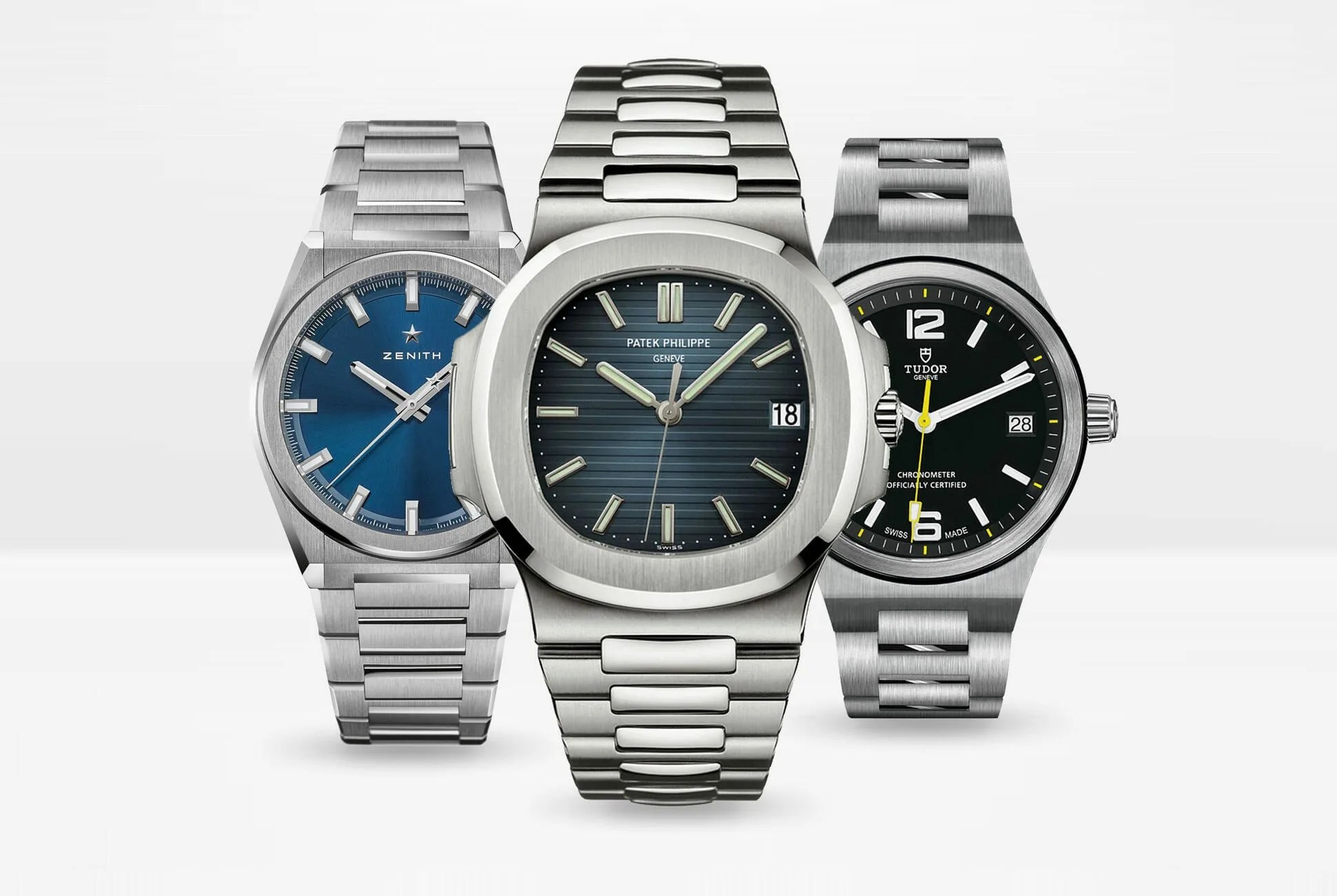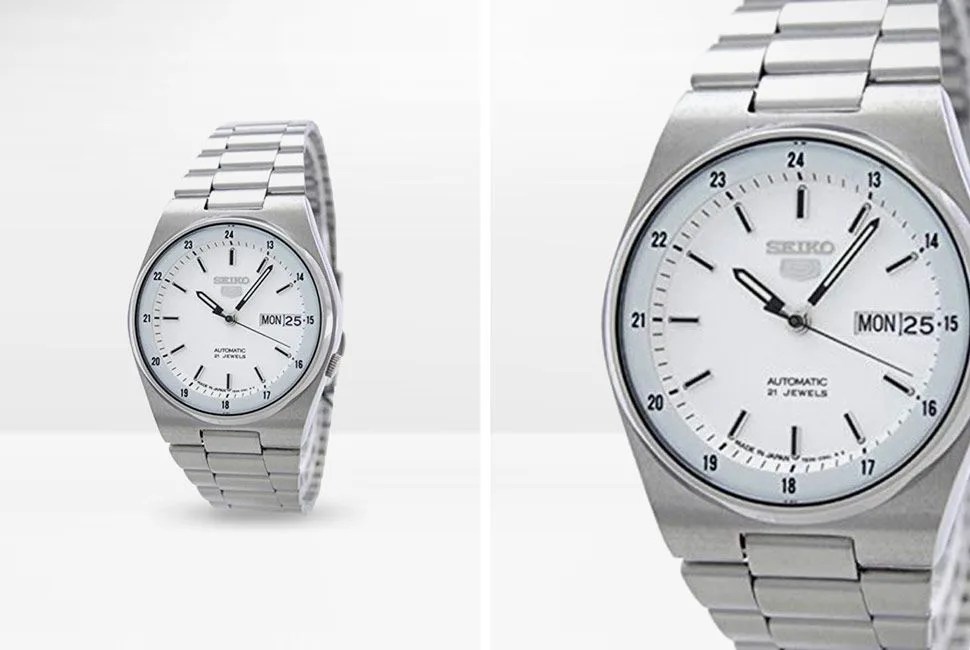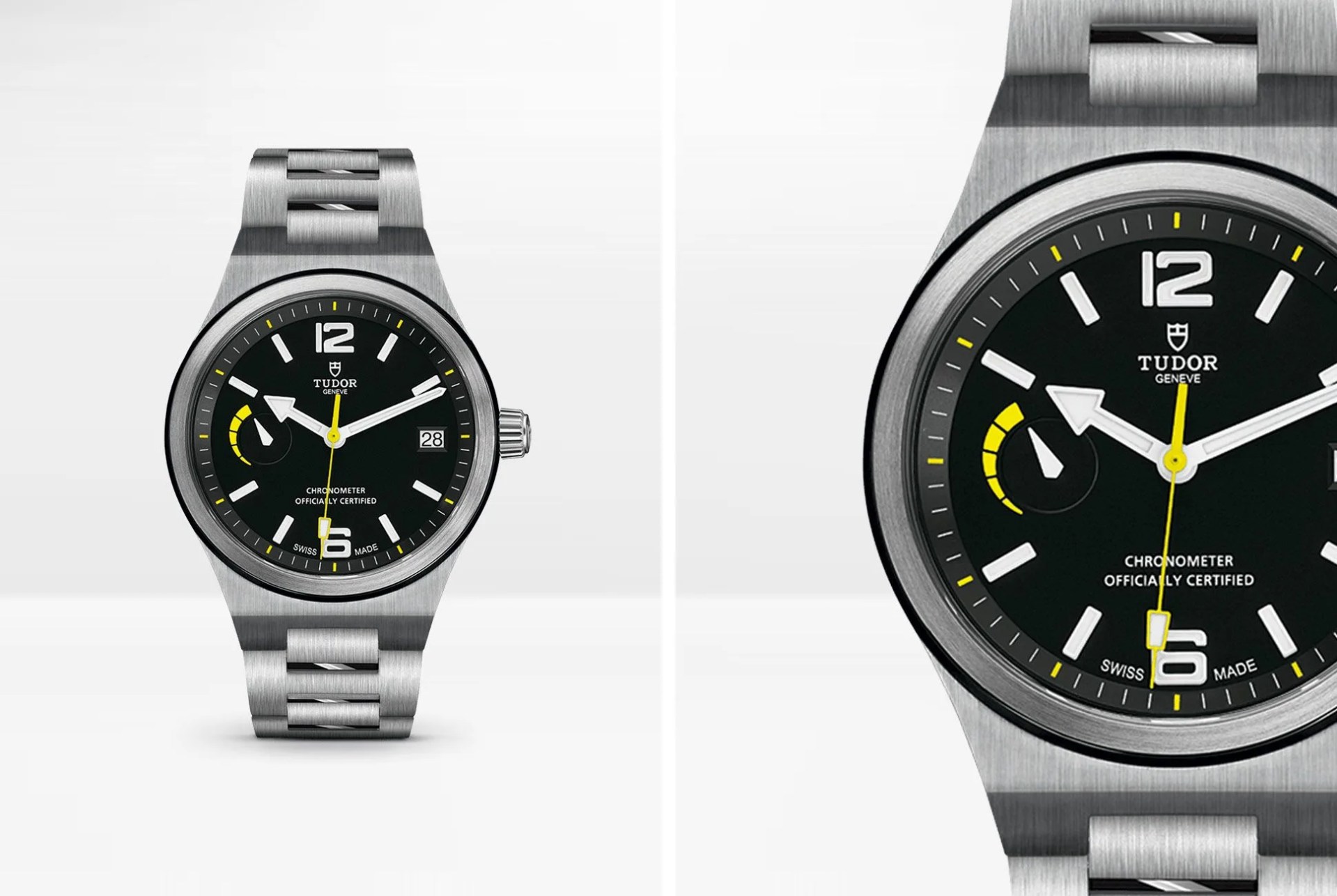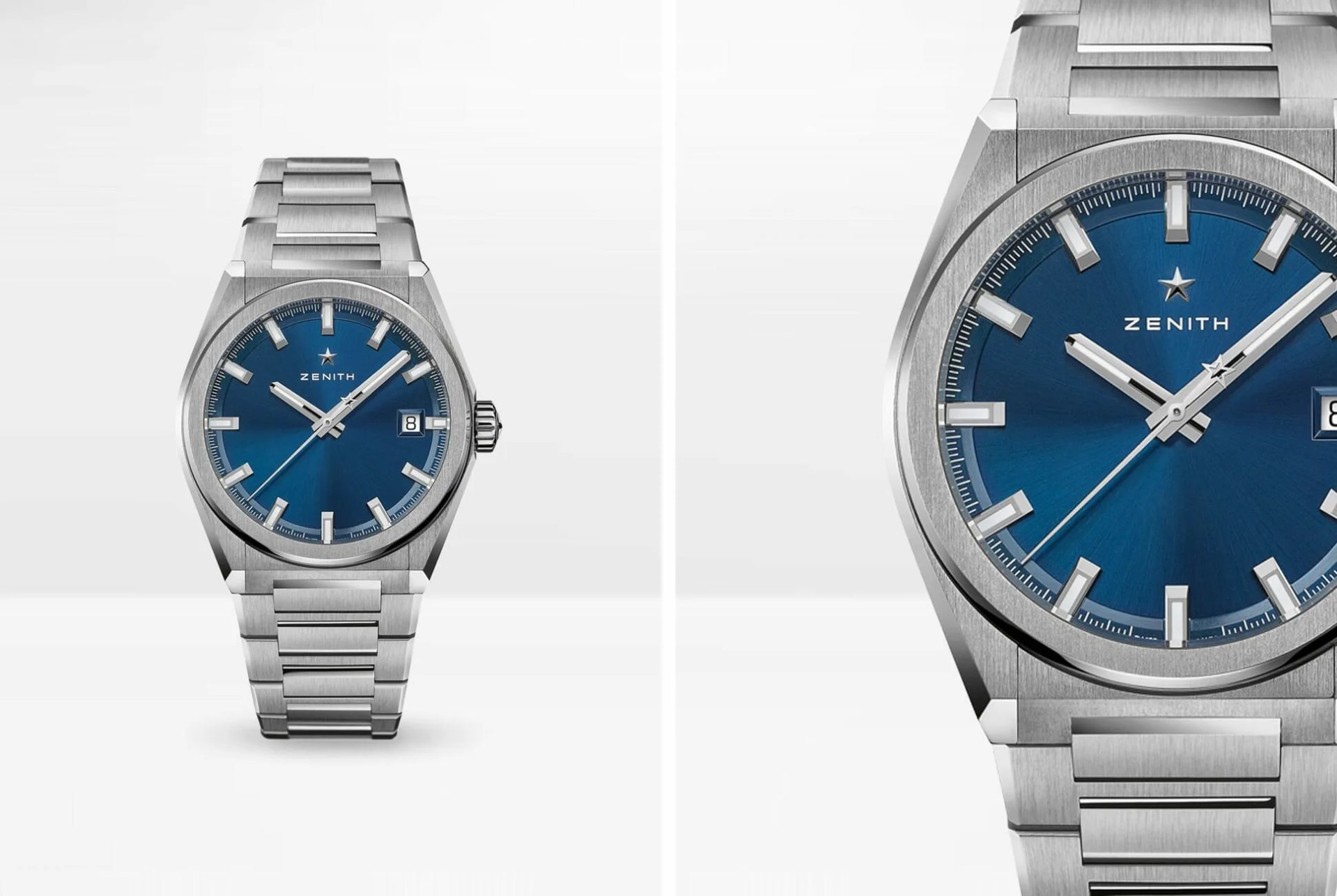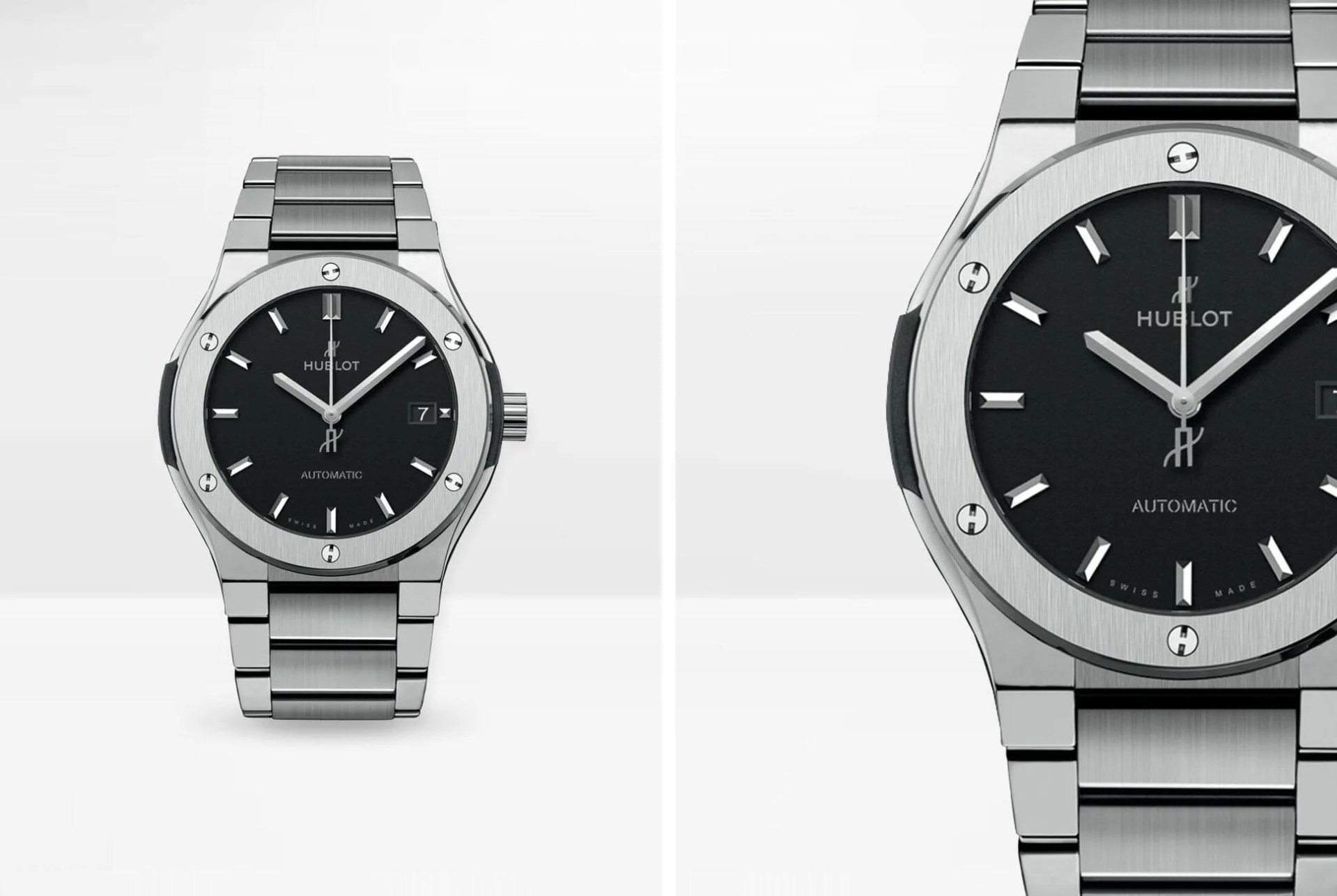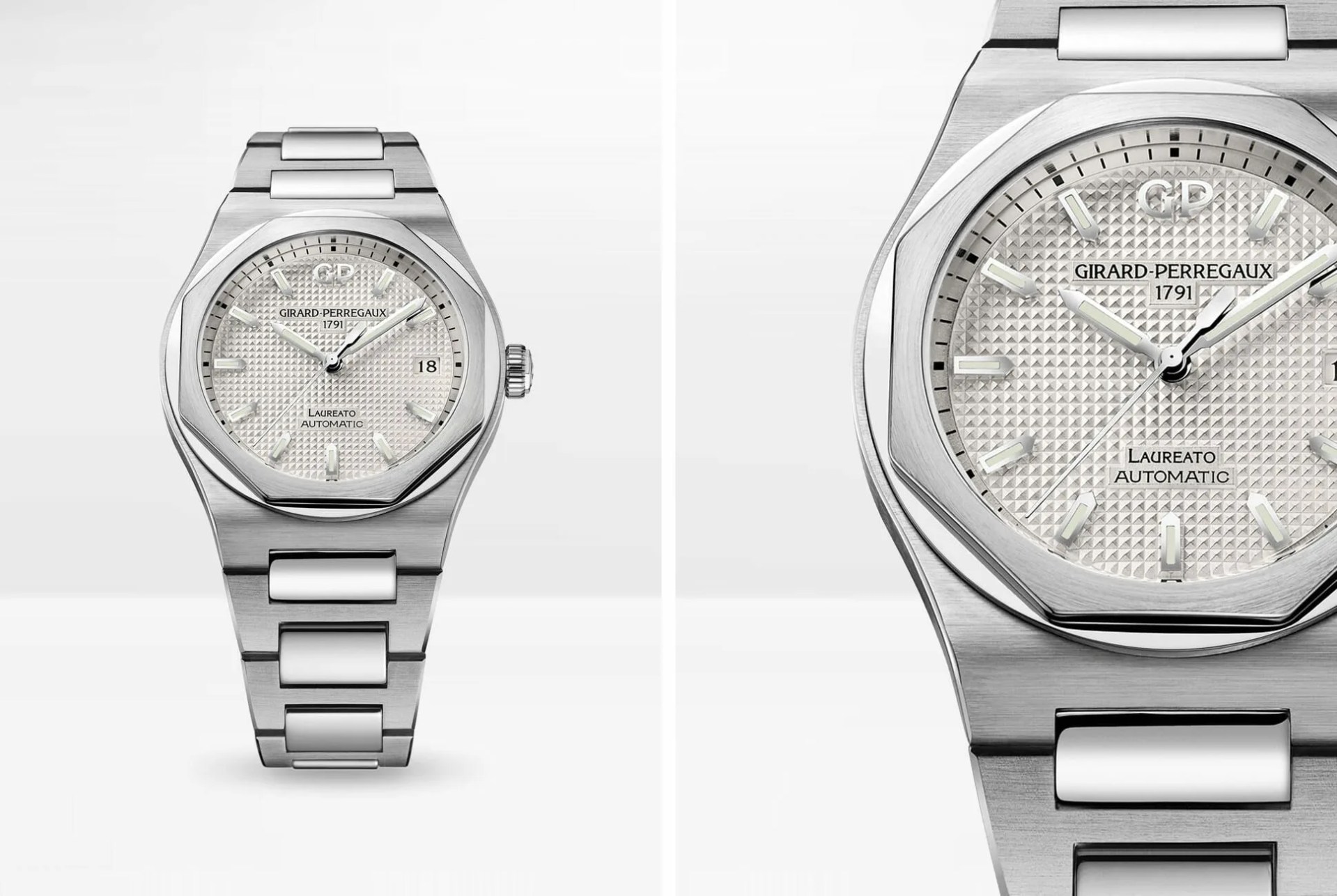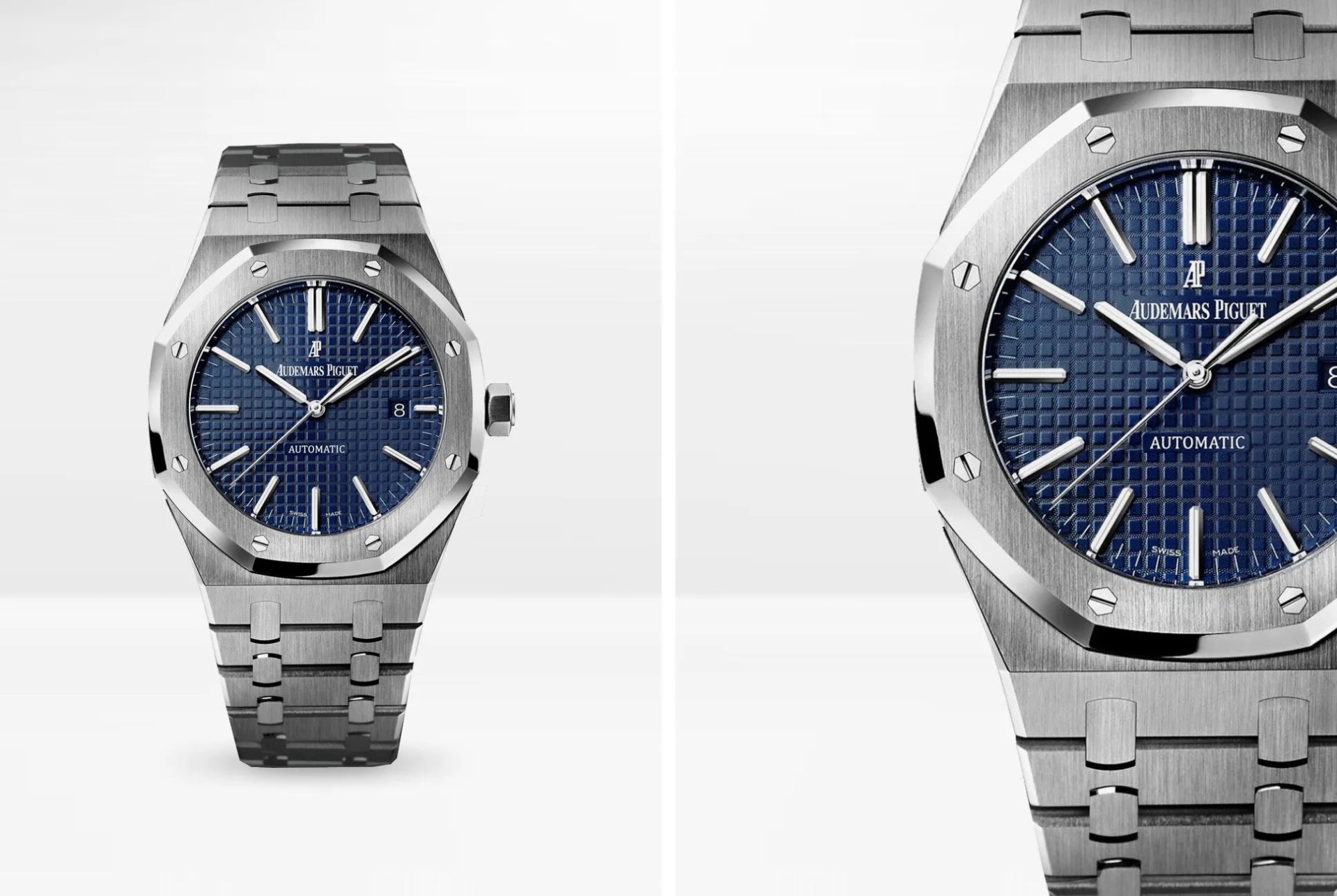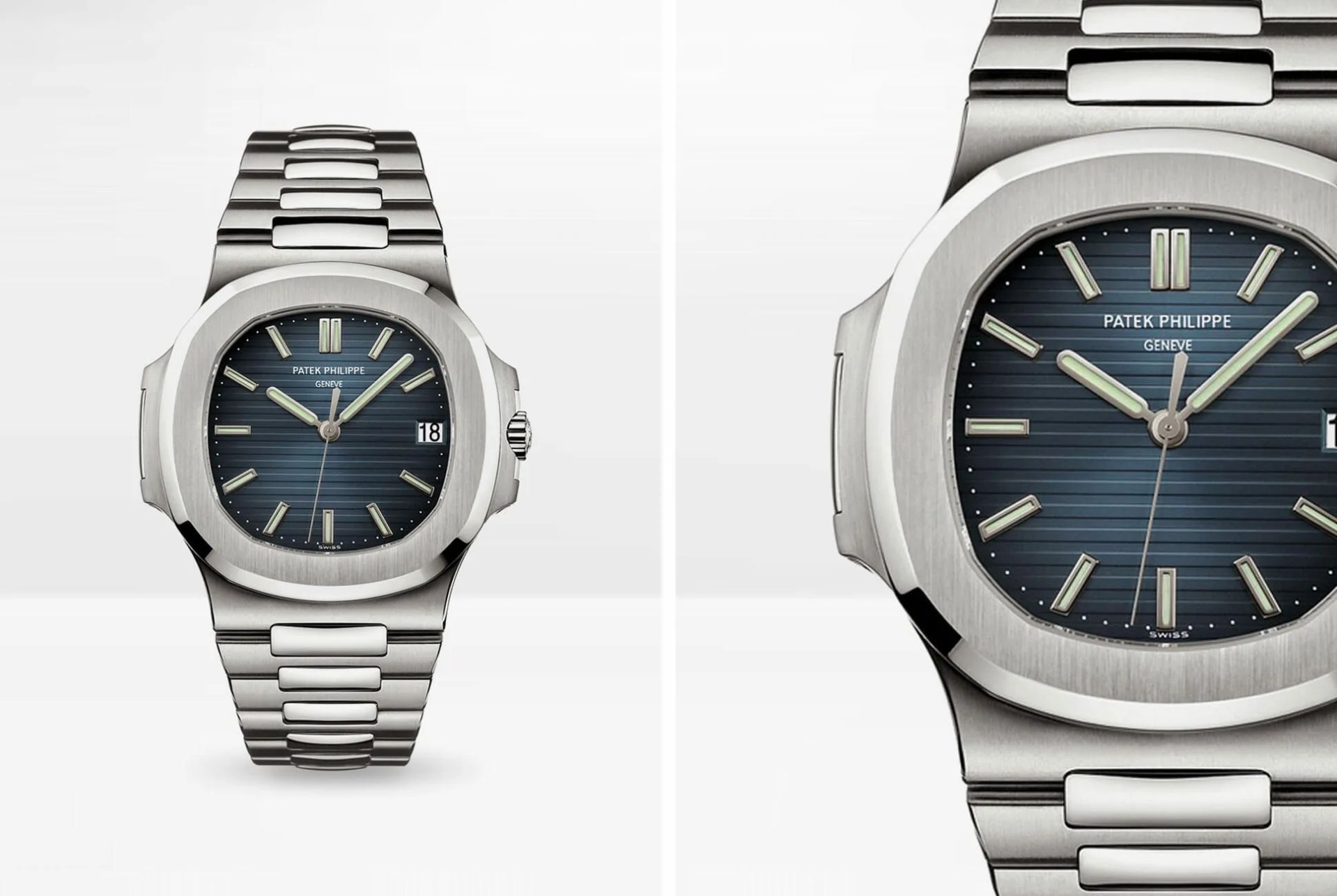The story is watchmaking lore: on the night before 1971’s Basel Fair, the managing director of Audemars Piguet, on the edge of financial ruin, called Gerald Genta asking for “an unprecedented steel watch.” The next morning, Audemars Piguet had its design, which would form the basis for the Royal Oak. That’s the story, anyway.
Here’s something we can say for certain, though: the Royal Oak was ahead of its time, and like many things that were ahead of their time it was both a sales flop (it took years to sell out of the initial production run) and inspiration for countless other watches that would follow. What was essential to the Royal Oak design, and what would appear in many imitators through the 1970s, was an integrated bracelet that eschews the ubiquitous and universal lug-and-spring bar setup for a seamless connection between case and bracelet.
Many other top-tier watchmakers like Girard-Perregaux, Vacheron Constantin and Patek Philippe would introduce their own luxury sports watches with integrated designs; many of those designs persist today and are considered iconic to their respective manufacturers. What’s less apparent is just how many other watchmakers would use the layout. Omega, for instance, used the integrated setup on its “Cosmic” Seamasters, while Rolex would use the design for its one-and-only quartz model. Other lower-cost watchmakers, like Seiko and Tissot, would also introduce their own integrated designs, too.
Are there tangible and practical benefits to an integrated bracelet? There are not. In fact, there are a couple of drawbacks. Because these watches don’t use a typical lug-and-spring bar design they cannot use just any watch strap; at best, your alternative to a bracelet is a proprietary rubber or leather strap designed by the manufacturer that will, almost certainly, cost a small fortune. And if you’re buying a vintage or used watch with an integrated bracelet you better hope it comes with all of its original links because if it doesn’t, and it can’t fit your wrist, you really have no other way to wear it.
The only real benefit is an aesthetic one, but what a benefit indeed: a case that flows, uninterrupted, into a bracelet feels almost futuristic, even if the concept was conceived in the 1970s. Much like a Concorde jet, or a Bertone-designed supercar, it’s a relentlessly clean, aerodynamic and optimistically forward-thinking departure from conventional design tropes. It’s not a coincidence that the Concorde, wedge-era supercars and Genta-inspired sports watches still feel fresh today.
Though there are few integrated bracelet designs that you can buy today, those that exist are, with very few exceptions, the original designs from high-end manufacturers that debuted in the 1970s – which is a shame. Given that the vintage watch nostalgia cycle seems to cycle ever closer to the ’70s, it only seems fitting that the integrated design would make a resurgence. Whether or not the trend will in fact resurface remains to be seen, but for now, these are some of the few options you can buy brand new.
